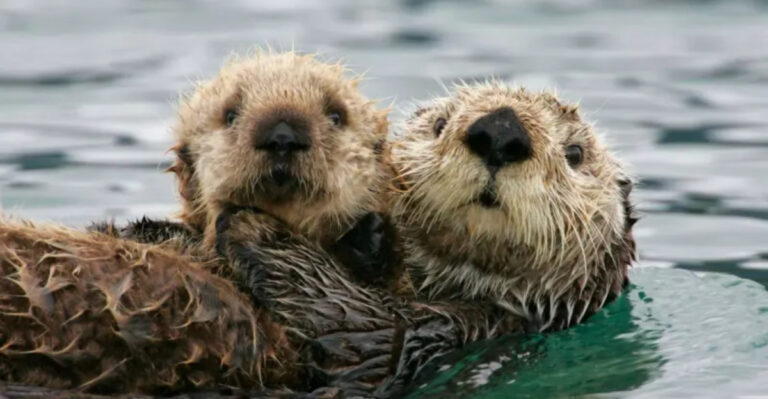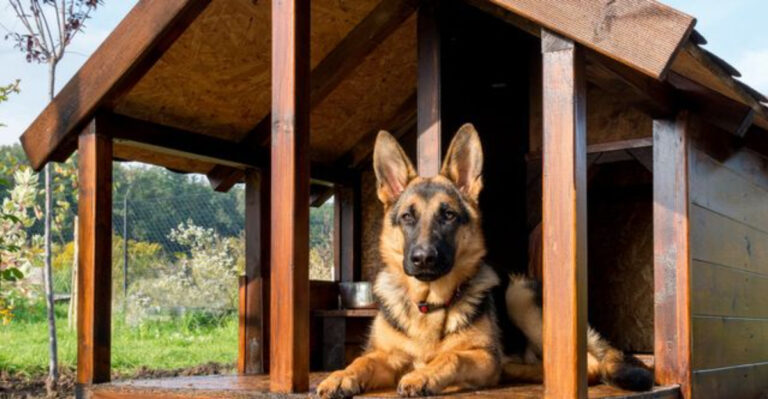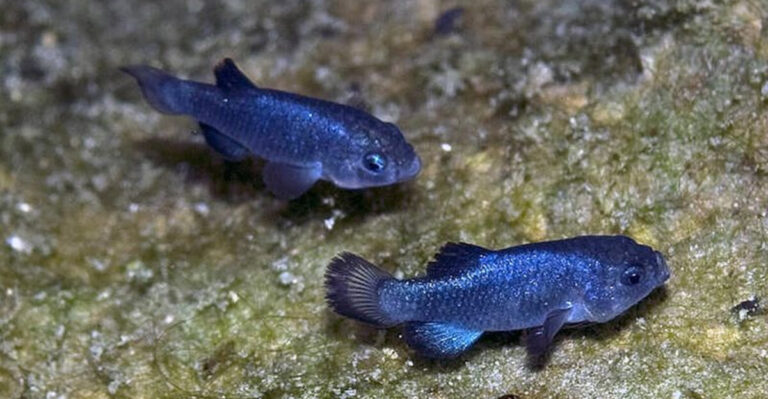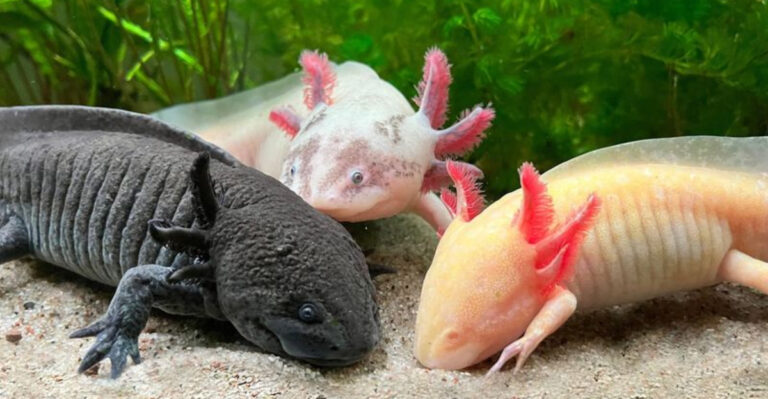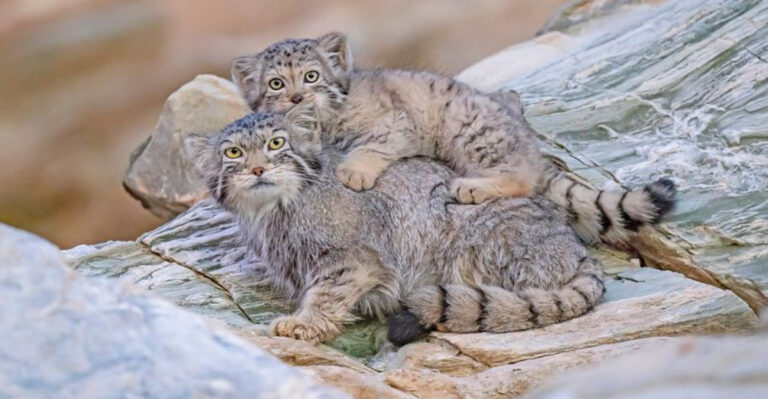12 Reasons Axis Deer Are Thriving Beyond Their Native Habitat

Axis deer, native to India, have become one of the most successful invasive species in many parts of the world.
These spotted deer with their distinctive white throat patches are now thriving across Texas, Hawaii, and other regions far from their homeland. Their remarkable ability to adapt and multiply has turned them into both a hunter’s prize and an ecologist’s concern.
1. Adaptability To New Environments
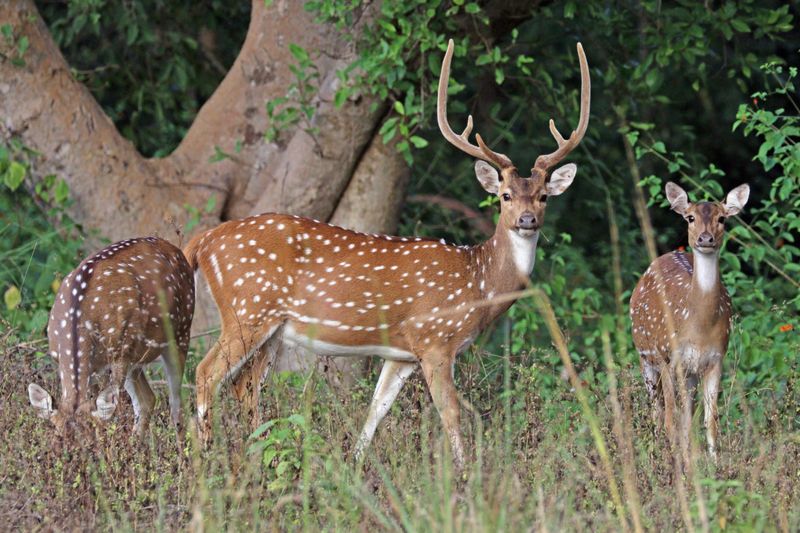
Axis deer possess remarkable environmental flexibility, allowing them to thrive from tropical islands to semi-arid rangelands. Their bodies efficiently regulate temperature across diverse climates.
Unlike many species that struggle when relocated, these deer quickly learn local vegetation patterns and water sources. This adaptability gives them a significant advantage over native species that evolved in specific ecological niches.
2. Lack Of Natural Predators
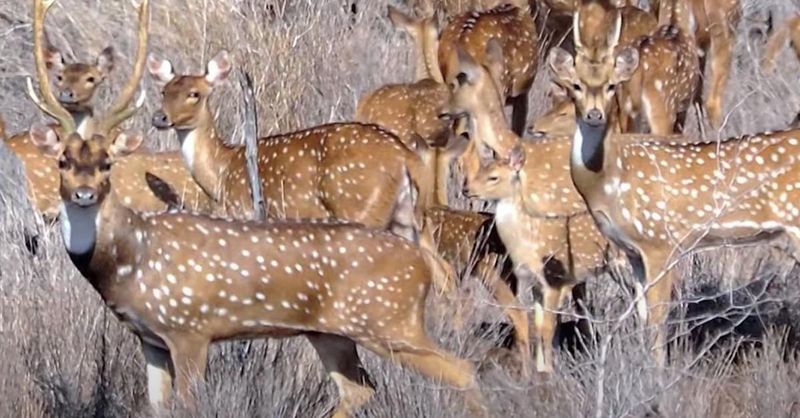
Without tigers and leopards that naturally control their populations in India, axis deer face little threat in places like Hawaii and Texas. Local predators often lack the hunting strategies needed for these nimble newcomers.
Mountain lions occasionally take down axis deer, but their numbers are insufficient to make a dent in the growing herds. This predator-free advantage creates a population boom unlike anything in their native range.
3. Overpopulation Of Native Species
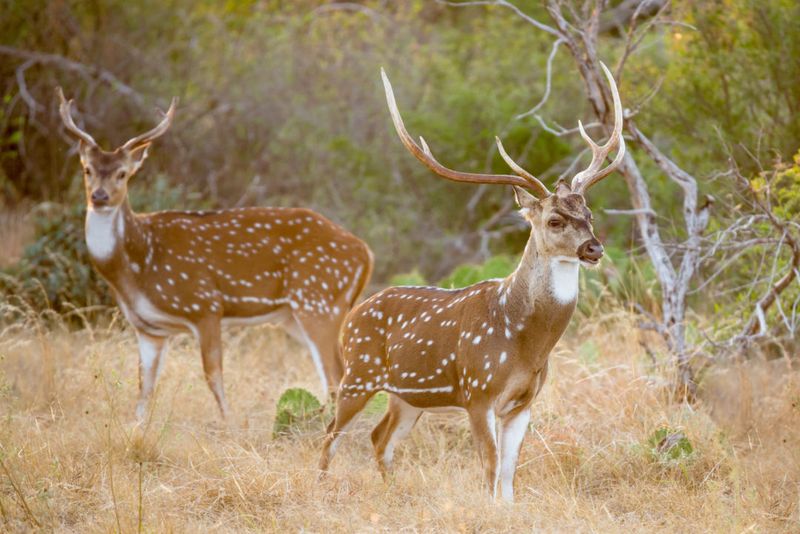
When ecosystems already have too many native deer, adding axis deer surprisingly doesn’t always create immediate competition. The spotted invaders often utilize different vegetation layers and feeding times than native species.
In Texas, they’ve carved out ecological niches alongside whitetail deer by browsing different plants. Their ability to find unexploited resources helps them establish footholds in seemingly saturated environments.
4. Dietary Flexibility
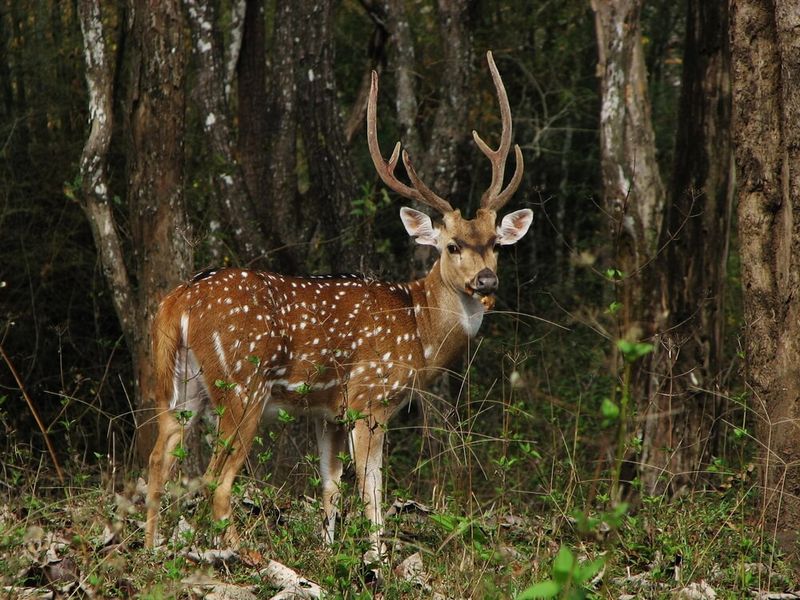
Axis deer eat almost anything green – grasses, shrubs, agricultural crops, and even plants native wildlife avoid. Their four-chambered stomachs efficiently process vegetation that other species find indigestible.
During droughts, they switch seamlessly from grasses to browsing woody plants. This menu versatility means they’re rarely without food, even when other herbivores struggle through seasonal shortages.
5. Efficient Reproduction Rates
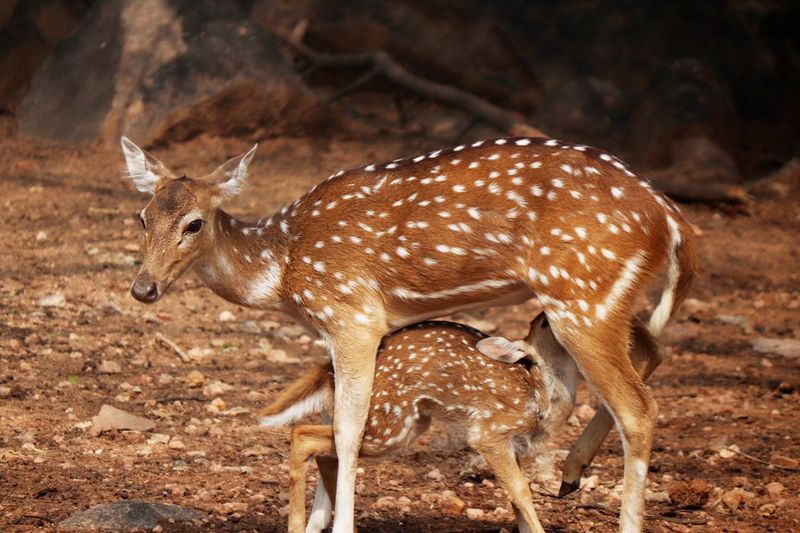
Female axis deer can breed year-round, unlike native deer with strict breeding seasons. A single doe might produce a fawn every 7-8 months under favorable conditions!
Their pregnancies last just 7 months, and fawns reach sexual maturity quickly. This reproductive advantage creates exponential population growth. In Hawaii, some herds double in size every 3-4 years without management.
6. Mild Climate Preferences
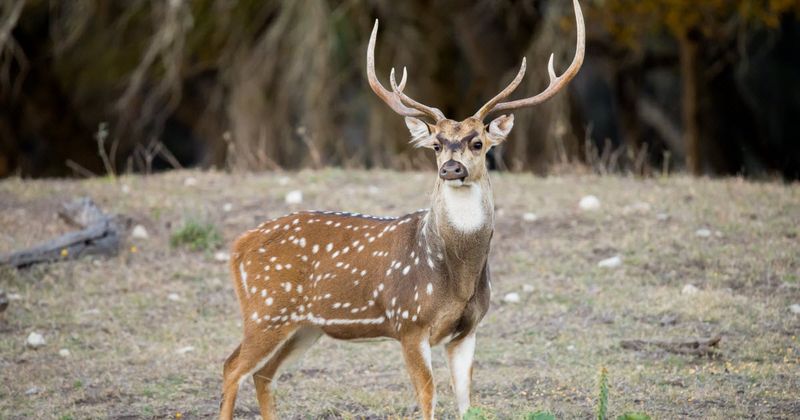
Originally from warm Indian forests and grasslands, axis deer have found paradise in places like central Texas and Hawaiian islands. The mild winters eliminate the seasonal die-offs that control native deer populations.
Their thin coats evolved for tropical conditions work perfectly in these new homes. While native species struggle through harsh weather extremes, axis deer continue thriving and reproducing without seasonal interruptions.
7. Human Activity And Habitat Creation
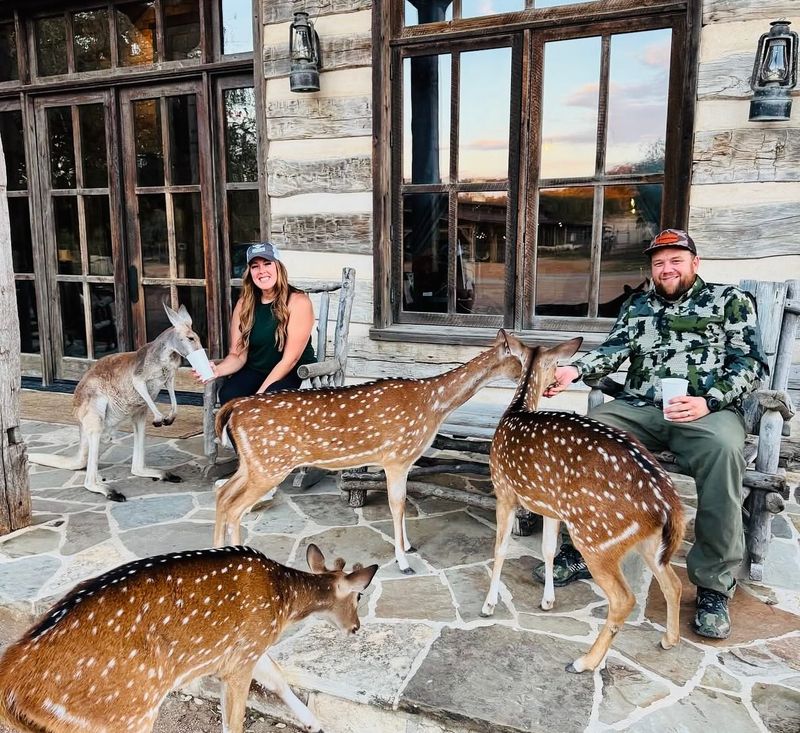
Ranchers and farmers unintentionally create axis deer paradise through land management practices. Agricultural fields offer nutritious crops, while livestock water tanks provide reliable drinking sources even during droughts.
Hunting preserves initially introduced these deer for sport, then some escaped. Suburban development creates perfect edge habitat – wooded areas for cover adjacent to open lawns and gardens for feeding.
8. Low Competition For Resources
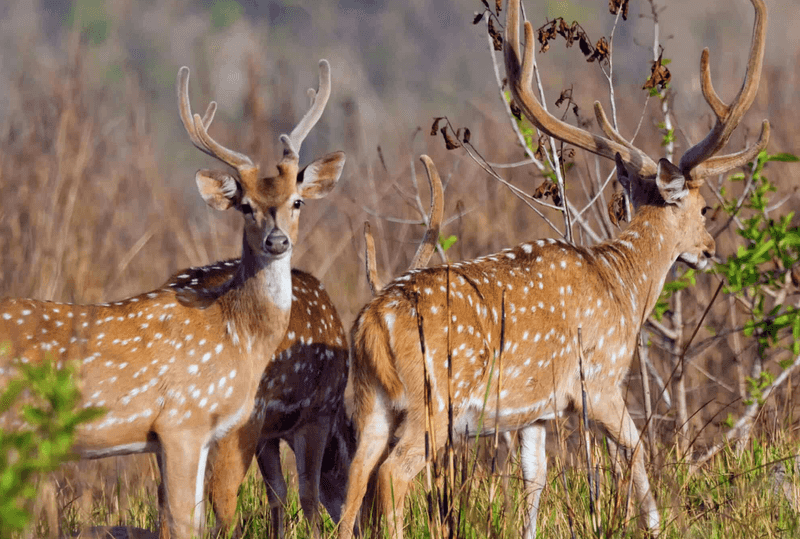
Axis deer exploit ecological gaps between native species. They graze during transitional hours when other deer rest and target vegetation layers others ignore.
Their height allows them to browse higher than some native species but lower than others. Many ecosystems have no direct competitors for their specific feeding style. This resource partitioning minimizes competition while maximizing their access to nutrition.
9. Effective Dispersal Mechanisms
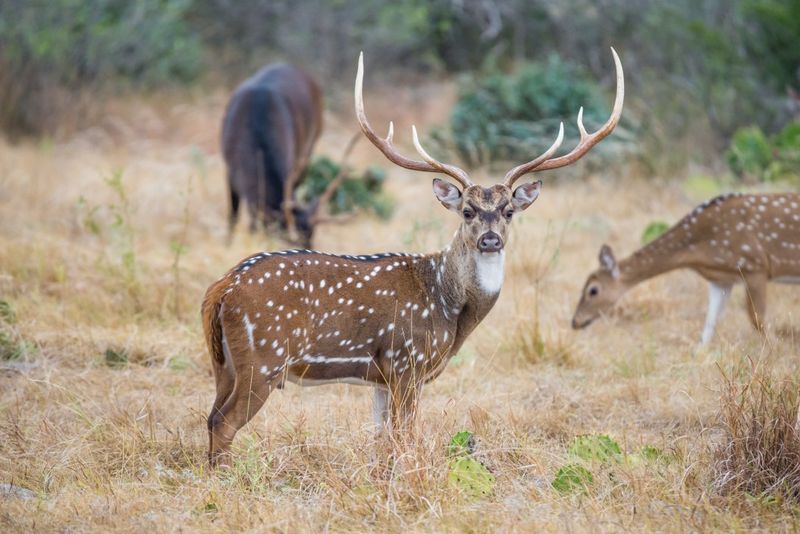
Young axis bucks naturally travel miles from their birth herds, establishing new territories. This wandering behavior spreads populations across landscapes rapidly.
Ranch escapes and intentional releases have jumpstarted populations across continents. Their strong swimming abilities allow them to cross rivers and even narrow ocean channels between Hawaiian islands. Once established, these pioneer groups quickly grow into thriving herds.
10. Adaptation To Different Terrain Types
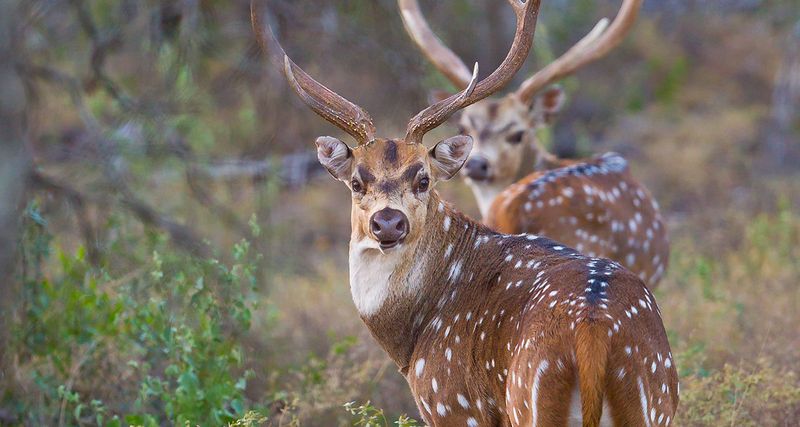
From volcanic slopes in Hawaii to cedar breaks in Texas, axis deer navigate diverse landscapes with remarkable agility. Their slender legs and nimble bodies evolved for both open grasslands and dense forests.
Unlike some specialized native species, they thrive across elevation gradients. Steep terrain that challenges other hoofed mammals poses little obstacle to these mountain-adapted deer, giving them access to untapped resources in rugged areas.
11. Reduced Hunting Pressures
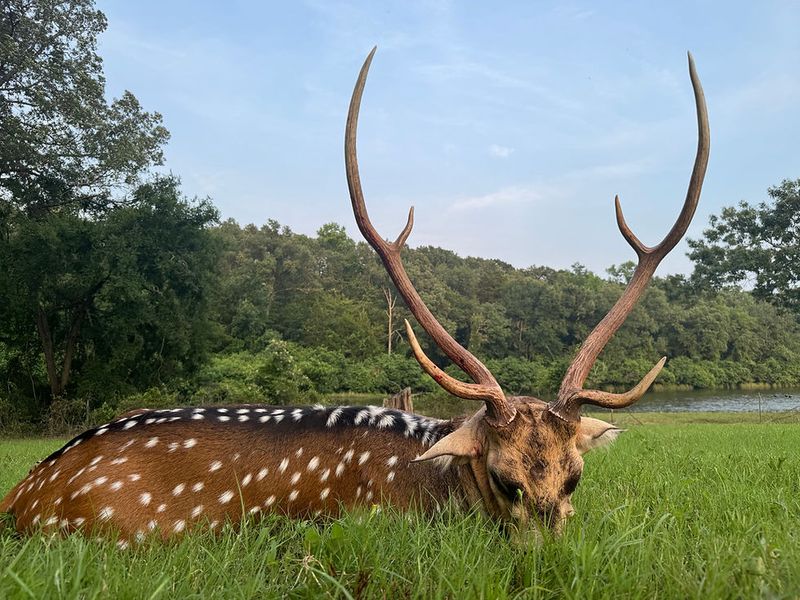
Many hunters still focus primarily on native species, overlooking axis deer or viewing them as secondary targets. This hunting bias creates a protective effect for axis populations.
Hunting regulations often prioritize controlling native deer, with fewer restrictions on non-natives. However, axis deer’s cautious nature and excellent camouflage make them challenging quarry. Their spotted coats blend perfectly with dappled forest light, helping them evade hunters.
12. Positive Relationship With Local Ecosystems

Surprisingly, axis deer sometimes fill ecological roles left vacant by extinct native species. Their grazing patterns can reduce fire hazards by controlling grass height in certain ecosystems.
Some native plants have adapted to utilize these new dispersers for seed distribution. While invasive species typically damage ecosystems, axis deer occasionally create unexpected benefits alongside their challenges, forming complex relationships with their adopted homes.

